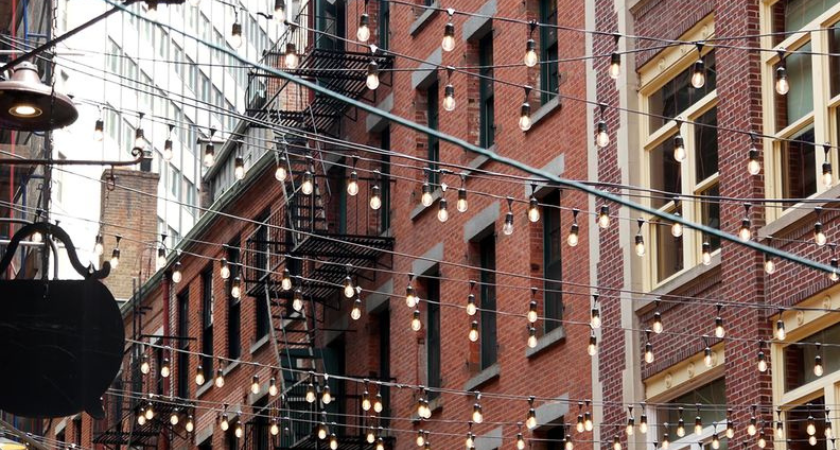
New York is moving ahead with its aggressive push toward building decarbonization as the state prepares to enforce the All-Electric Buildings Act — a first-in-the-nation statewide commitment requiring all-electric systems in nearly all new construction. The policy marks a landmark shift toward “building systems that run on electricity instead — ideally generated from clean, renewable sources,” according to Benesch’s Laura Sugarman.
The Act continues the state’s broader climate strategy aligned with its Climate Leadership and Community Protection Act goals, aiming to eliminate fossil-fuel reliance in space heating, water heating, and cooking systems for new development.

The mandates roll out in phased stages tied to building‐permit filing dates:
Projects with building permit applications deemed “substantially complete” before the January 2026 cutoff may proceed under existing fossil-fuel equipment allowances.
Even as legal challenges move forward — including Mulhern Gas Co. v. Mosley — courts have allowed the Act to advance. Sugarman notes that “Developers and owners should plan for compliance on the statutory schedule.”
The law “prohibits the installation of fossil-fuel backed equipment and building systems” in new buildings subject to the schedule. This includes:
The restrictions cover systems integrated into mechanical, plumbing, and energy infrastructure.
Several building types and operational needs are recognized as exceptions:
An additional exemption is proposed where electric service cannot be delivered within a reasonable timeline. Officials suggest limiting that case to situations where electric grid connection would cause 18-month or more delays.
Local officials will oversee compliance during plan review and inspections.
Non-compliance could result in:
Building permit reviewers will be instructed to check “mechanical, power and fuel-gas specification sheets for prohibited equipment.”
While this state law governs new construction, New York City’s Local Law 97 continues placing emissions caps on the existing building stock, often steering owners toward electrification retrofits.
NYSERDA incentives and rebates are expected to support transition costs for low-carbon equipment.
New York’s move aligns with others pushing toward fossil-free buildings:
Other states have adopted preemption laws blocking cities from restricting gas — creating a patchwork of rules for national developers.
Sugarman outlines four action items:
For permit filings in 2026, most new low-rise buildings in New York must be all-electric — with full market coverage coming in 2029. Early planning, utility coordination, and compliance documentation will be essential to avoid costly redesigns and schedule delays as enforcement ramps up.
Originally reported by Laura Sugarman in Crain's NY Business.